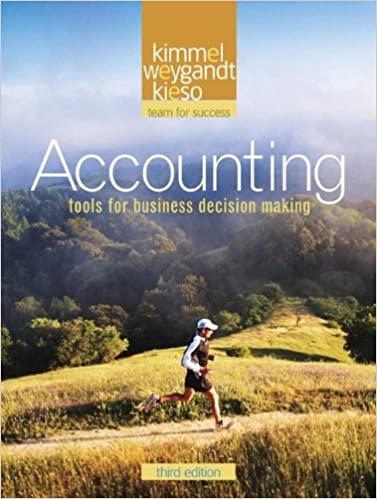Question
Only answers question 6 I have provided answers to questions 1-4 Question 6: Interpret returns, standard deviation, beta, and R2 for each fund and use
Only answers question 6 I have provided answers to questions 1-4
Question 6:
Interpret returns, standard deviation, beta, and R2 for each fund and use separate paragraphs for each fund.
CASE 01: Retirement Plan and Investment Choices -
Bens 22-year-old son John has just accepted a job with Biomedical Research Institute (BRI), a
firm specializing in biomedical sciences and cutting-edge genetic technologies. BRI offers
employees a 401(k) plan to which employees may contribute a maximum of 6% of their salary.
BRI will match $0.50 for every dollar contributed to the retirement plan by employee. Johns
starting salary is $34,000, so he could contribute up to $2,040 and BRI would contribute an
additional $1,020. If John did decide to contribute to the plan, he has the following choices of
funds, all managed by XYZ Investments. He may select any combination of the funds and
change the selection quarterly.

1.) If John participates and the 401(k) earns 10% annually, how much will he have accumulated in 45 years (to age 67) even if his salary does not change? Also, it will be helpful to convince John if we could show how his cash flows future value increases overtime.
By the end of the Year, 45 total amount is $2,199,848.80
2. ) If he does not participate and annually saves $2,040 on his own, how much will he have accumulated if he earns 10% (before tax) and is in the 20% federal income tax bracket? Also, it will be helpful for John to make an informed decision if we could show how his cash flows future value increases over time.
By the end of the Year, 45 total amount is $788,471.46
3. ) If he retires at age 67, given the amounts in (1) and (2), how much can John withdraw and spend each year for 20 years from each alternative? Assume he continues to earn 10% (before tax) and remains in the 20% federal income tax bracket.
With 401 (k) he can spend each year $244, 059.46
WIthout 401(k) and only John's contribution $80,307.56
4. If his salary grows, what impact will the increase on the 401(k) plan? To illustrate the
effect on his accumulated funds assume a $5,000 increment every five years so that he is
earning $74,000 in years 41-45 (ages 63-67).
By the end of year 45 with an increase in salary, he will have $4,787,906.21 in his 401(k) plan.
What are the risks, and potential returns associated with each of the six alternative funds?
Potential Return form Following Funds
Calculation by the formula of E(R)=Risk free return + Beta portfolio (Return of market-Risk free return)
Here Risk free Return 4% which is MF rate where there is no risk .
a. USVF .04+0.7(.13-.04) =10.3%
b. RTF .04+1.1(.12-.04) = 12.8%
c. GE .04+1.5(.15-.04) =20.50%
d. GBF .04+.3(.07-.04) =4.9%
e. HYD .04+0.4(.1-.04) =6.4%
f. MF =4%
Calculation of Risk of individual Securities
Risk of securities is Deviation from return of the securities which is SD of security
a. USVF 20%
b. RTF 10%
c. GE 40%
d. GBF 8%
e. HYD 12%
f. MF =0%
Question 6:
Interpret returns, standard deviation, beta, and R2 for each fund and use separate paragraphs for each fund.
TABLE 01: Return 13% 12 Standard Deviation of Return 20% 10 0.3 0.9 40 Beta 0.7 1.1 1.5 0.3 0.4 0.0 a. USVF b. RTF C. GE d. GBF e. HYD f. ME 0.6 00 0.2 10 12 0.3 - N 0.0 TABLE 01: Return 13% 12 Standard Deviation of Return 20% 10 0.3 0.9 40 Beta 0.7 1.1 1.5 0.3 0.4 0.0 a. USVF b. RTF C. GE d. GBF e. HYD f. ME 0.6 00 0.2 10 12 0.3 - N 0.0Step by Step Solution
There are 3 Steps involved in it
Step: 1

Get Instant Access to Expert-Tailored Solutions
See step-by-step solutions with expert insights and AI powered tools for academic success
Step: 2

Step: 3

Ace Your Homework with AI
Get the answers you need in no time with our AI-driven, step-by-step assistance
Get Started


